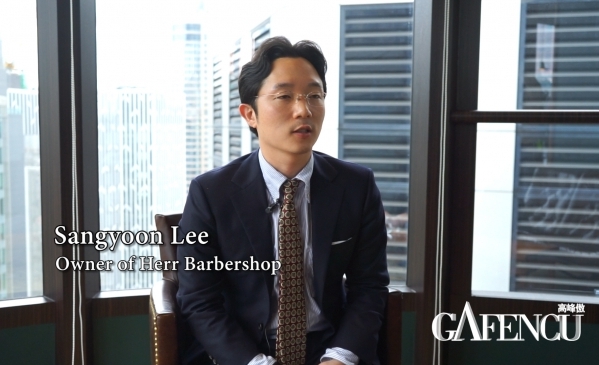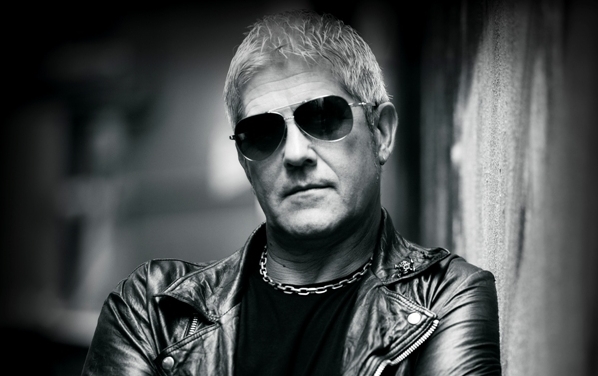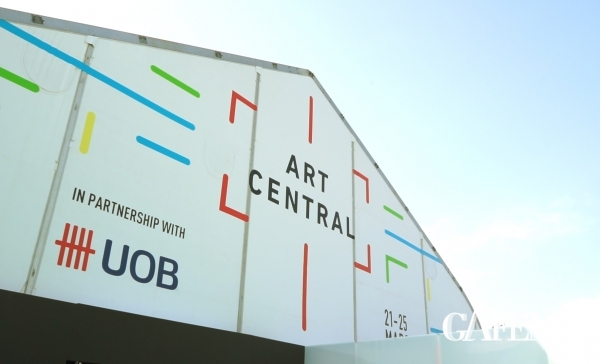
Claudia Shaw is a buyer and head of style advisory for Chanel and has also co-authored two cookbooks.
As someone who was raised in Hong Kong, do you feel like it’s a good environment to grow up in?
Yes, I did and I do. I think a lot of people think of Hong Kong as a very dense city with not a lot of open spaces – but we have so many amazing and beautiful parks, mountain trails and beaches. I think that is a side of Hong Kong not many people realise we have. Growing up, I spent a lot of time outdoors. My mother is Austrian and we did a lot of hiking and swimming and that was all very much a part of my childhood. I always feel I was very fortunate to have grown up in a bustling metropolis that also has a great deal of nature and outdoor activities. So it was a great mixture of the two.
Click here to watch the video
We have so many country parks that are protected so you can actually walk and not see any high-rise buildings and find yourself out in nature where there are snakes and wild boar. Just the other day I was out walking and I came across a little python strewn across the path. And quite recently near my home I came across a wild boar rummaging right next to me and I just thought how incredible that is for such a busy city.
You are renowned for your style and your fashion sense. Is that something you have to work at?
I would say it comes quite naturally and it is not something I find incredibly difficult. I think that is because I am quite relaxed about it and I never try too hard to be something. I don’t follow fashion religiously or believe something is the style for the season so you must have it. When you are relaxed about things they come easier. It’s also about knowing your own style. I know what is comfortable and what works for me. I was also fortunate enough to grow up with a mother who had a great sense of style so I guess that was instilled in me.

How would you describe your sense of style?
I think there is a sense of timelessness to it and I feel like that is why my relationship with Chanel has been so long and solid, because it is very much my sort of style. I wouldn’t say it is simple but it is timeless. There is no wildness about it. It is not overtly anything but it has a very classic sophistication without being outdated.
You mentioned your relationship with Chanel, can you tell us what that entails and what it has meant to you?
It affords me a lot of interaction with people and that is what I have very much enjoyed over the years – not just with Chanel but also developing relationships with clients, giving them confidence and advising them to try different things to expand their horizons and step out of their comfort zones a little bit.
The other side of the industry is being involved in the buying. For example, going to Paris several times a year and really tapping into your creative side – not that I am creating, but you still feel the buzz and you feel the creativity, and that gives you a sense of excitement.
You also enjoy cooking and have written two cookbooks. What motivated you to do that?
It was quite simple actually. A friend and I were both sitting at lunch and discussing how we both love cooking, we both cook a lot for our families and we come from families where food is such an important part of daily life.
So we were talking about how much we enjoyed eating at each other’s houses and I think I mentioned that I would love to write a cookbook one day. Then we just said ‘let’s do it’ without thinking about whether it would be complicated or how we would go about it. It was just one of those things where nothing is impossible if you set your mind to it.
You have used the proceeds of your books altruistically. Can you elaborate on that?
The first book benefitted a group of local charities and proceeds from the second book went to Room to Read (an organisation to improve literacy in the developing world). It’s about giving back. I feel that we are so fortunate and life should not always be about oneself. It should not just be about me. You need to ask, ‘What can I do to give back?’ I feel that is one of the great purposes of life.
Are charities something you feel strongly about?
I’m not sure I would say charities in particular but rather service, the act of giving back. How can I be – without sounding too lofty – of service to humanity? It’s this whole idea of giving and the idea that as you give, so shall you receive.
I understand spirituality is something that you are quite involved with?
For quite a few years I have been studying with a teacher who founded a meditation centre called the Samadi Training Centre for the Soul. It’s a place where you can go to connect and meditate, and for me that has been very grounding. It’s as if I have a world on the outside connected to people and society and beautiful clothes and glamour. And then I have a side that is very much focused on being centred and grounded in a much more spiritual way.
 Are you religious?
Are you religious?
I find religion quite man-made. There are a lot of rules and they can be quite exclusive whereas when I say ‘spirituality,’ it is inclusive of all religions.
I was brought up Catholic so I am very comfortable in a Catholic church. But I find religion and spirituality can be two different things.
I find organised religion too dogmatic. I am not sure God, being all benevolent, meant for us to live by all those rules.
What is a typical day for you?
Usually I am up quite early and I start with a morning meditation session for an hour. It is the perfect way to start the day. In the beginning, it was a little difficult with the early morning practice but even the Dalai Lama is up at 3:30 in the morning. When you talk to Buddhists they always say meditation should be done early in the morning because that is when your mind is the calmest and the energies in the world are the calmest.
You have a successful career and a public persona as well as a close family and your private persona. How do you manage to juggle all that?
Sometimes I feel a little frazzled and feel like I’m being pulled in different directions. But my spiritual practice has involved not letting the mind control feelings. If your energy is a certain way, that is the way you will think, so it is really about pacing yourself and prioritising. Sometimes family takes priority and other times work does, but the main thing is to avoid cutting corners.
Whatever you are doing, do it all the way and don’t move on to something else until you are done. Give 100 percent and stay in the present.
So you are not one of those people that wish there were more hours in the day?
Well yes there are times! Sometimes the outward persona is not what is happening on the inside! But you know what they also say: ‘Fake it ‘til you make it.’ There are those times when you have to pull yourself together and put the theory into practice.

What is your advice for women looking to enjoy a successful career and a family?
I think you have to do it because you love it. If you are doing it for any other reason and you are not happy doing it, you won’t be successful. I have to say in the beginning it was difficult juggling motherhood and work but I was really fortunate with Chanel in that they allowed me the time to be with my children so I feel I am successful at work but I wasn’t an all-out career woman. I had the ability to be with my children when I needed to be, thanks to the company. If I hadn’t had that freedom and if I had been made to choose one or the other, my kids would certainly have come first.
Has motherhood had a dramatic impact on you?
I think I became less self-centred. Before you have children life revolves around you, because you have no one else to be responsible for. When you have children life is about them and you come out of yourself and you have to think about someone else for a change. In the same vein at work, if you are not listening to your boss or your colleagues you are not a good employee.
I can’t imagine life without my kids. They drive you crazy sometimes but they are an absolute joy as well.
What was your dream profession as a child?
I wanted to be a ballerina as a kid, I really loved ballet. I also love the art world but when I first came back to Hong Kong (the art scene) was quite small. I kind of fell into fashion but I believe that the universe is precise so I must be where I am meant to be.
What does the future hold for you?
I would like to see how I can give back and be of service. Learn more in order to give more. If anything, that is what I hope my future holds. Maybe using my experiences – whether they be good or bad – and helping someone else who finds themselves in a similar situation.
Thank you.
Text: Hans Schlaikier








 “This ring was designed for our younger son – it’s dubbed the Avrae Dragon Ring, which means eternal fire”
“This ring was designed for our younger son – it’s dubbed the Avrae Dragon Ring, which means eternal fire”





